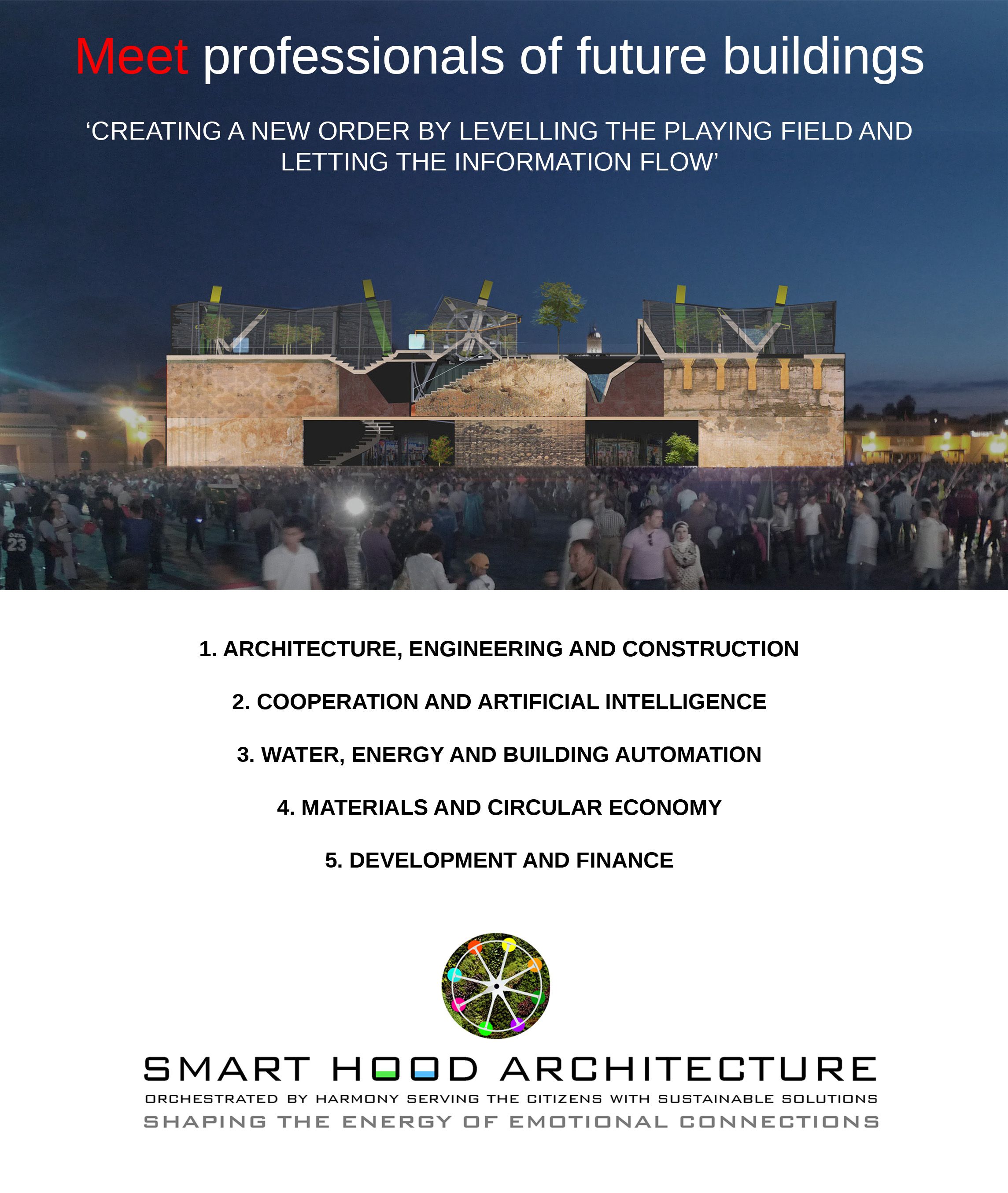
What is it:
A new collaboration between different disciplines directly influences the organization of spaces within architecture at the building level. It uses innovative knowledge from companies that already use sustainable strategies and solutions for the built environment. Due to the significant influence of information and technologies, no established 'theories are used as a starting point with a practice as a result' when developing and organizing spaces. Both come to the surface experimentally. Using an open design process with feedback is crucial.
Why this initiative:
Due to the increasing flow of information with great potential and diversity of high-quality innovations, architecture, together with engineering and other knowledge domains, must develop a new way of organizing. Information levels the playing field, but this is not the practice case. Everyone knows what a circular economy is, but thinking through it as an almost comprehensive vision and accepting the consequences is still quite a step. When ordering, the primary changing position must come from the architect. Architects think too much and too quickly when recording form, although that is often asked of them. This stands in the way of a new way of organizing because the significant issues of climate change, CO2 emissions, housing shortages, etc., require a completely different approach. Adapting to the new order (information is the nature of life) paves the way for a new future perspective and, among other things, provides the opportunity for adapted ways of developing and financing buildings. Financial risks may become different and more distributed. The most important thing that is often underexposed is that people themselves are also included in the new order. There is no escape from that.
